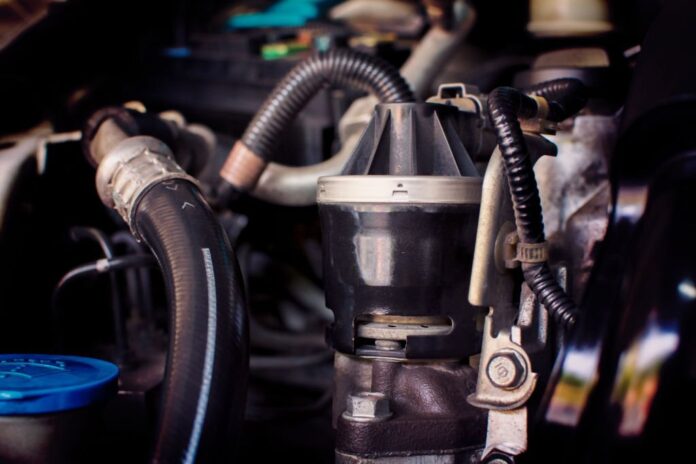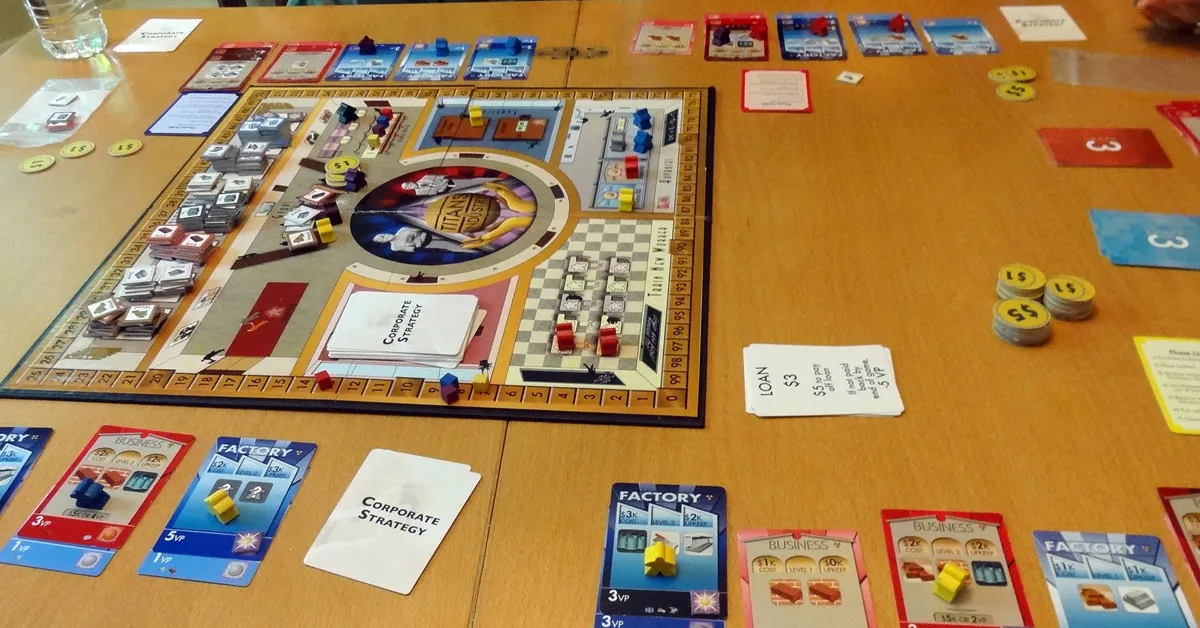An automatic recirculation valve is necessary if you are using a mechanical pump for many reasons. When you hear the word pump, we do not only refer to the pumps used domestically in the home. Pumps are way more complex than the domestic uses. Most mechanical instruments require a Pump to take liquids from one position to another, usually through metallic pipes. If you are not a mechanical engineer or a technical person, you may not exactly understand what they will need these types of pumps for. However, these pumps are necessary to refine your fuel before you can use it, amidst a lot of other functions. A regular Pump can not perform these functions required in such complex mechanical systems. Instead of the regular pumps, the type of pumps you will see are the centrifugal pumps. These pumps are sturdy and strong enough to pump whatever liquid at whatever height. However, the strength and durability of these pumps do not mean they will last forever. The complexity of the system they operate will have a direct effect on the lifespan of the centrifugal pump.
Another factor that will affect how your centrifugal pump will last is the type of valve in the system. Valves have a lot of functions in a mechanical system, and the most important of these functions is the protection of the pump from any damage. A system that requires a centrifugal pump already indicates a bit of complexity in the system. These complexities will lead to cavitation and high heat; both of which can damage the centrifugal pump. However, with the presence of an automatic recirculation valve, your pump has a bit of safety. In this guide, we will explain the different ways the automatic recirculation valve protects your pump from any defects.
When the Pump is continuously flowing
There is no connection between the way the flow and the path of the flow switch in any mechanical system to the pump’s activities. Therefore, when there is a predetermined minimum flow, the liquid goes back to its tank. Usually, a good way to protect your pump is to ensure there is consistent minimum flow in the system. However, there is a twist if you want this system to work out. The pump must have higher power than the one in the system. You can do it by opening a leakage in the system.
When the pump can not flow back
In most pumps, the control is in one direction. Usually, a pump is needed to take fluid to a higher point. If you were needing fluid at a lower point, all you need is to create a pathway that will slope and you will have the liquid coming on its own. However, while a pump works, the flow is forced in a direction. However, the moment the pump stops working, the water will want to move against that force and go in another direction. For this to happen, you will need a control Valve at the pathway of the pump to return the water to the desired position.









